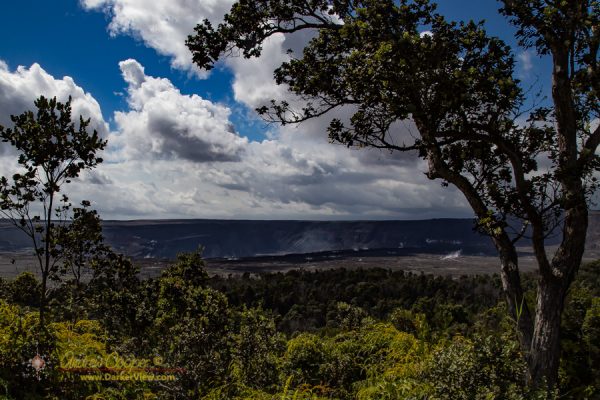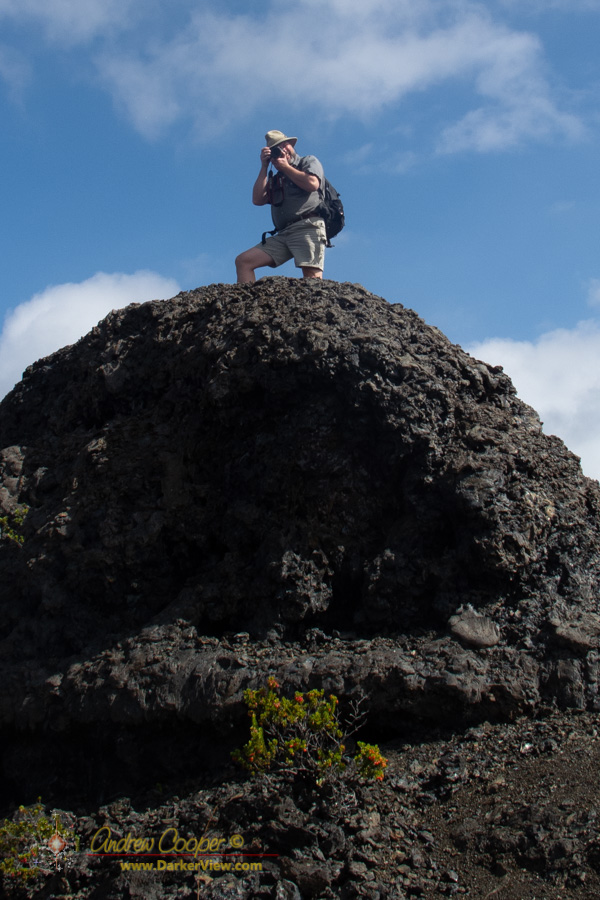
Category: Kilauea
Exploring an active volcano
Caldera Panorama
Caldera Panorama
Caldera
A Walk in the Park
Hawaiʻi Volcanoes National Park reopened to the public at the end of September. Reshaped by the eruptions the park has substantially changed since I was last there back in February. It was well past time I got myself out to the park to see the changes, it had been open almost two months!
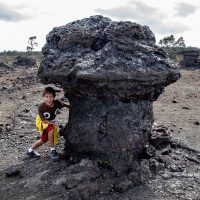
Off we go.
The End in Sight?
When will this eruption end? The answer to that is a question many are asking on this island. Today we might just be seeing the answer.

Even more interesting is the deformation data from the summit.
How long will this eruption last?
It is the question everyone on the island would like an answer for… How long will this eruption last?
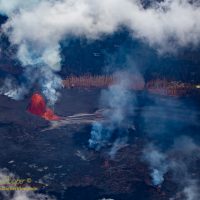
This lava has covered much of the Kapoho area and built new land out almost a kilometer beyond the old shoreline into waters that were once over hundreds of meters deep. In the process well over 700 homes and farms have been destroyed and permanently altering the landscape of the Puna district.
When the Ground Trembles
Earthquakes have been a hot subject over the last couple months around here.
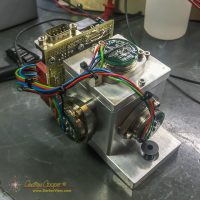
The ongoing collapse of the summit caldera on Kilauea has been generating a daily five point something earthquake. While not powerful enough to damage the facility, these events do show up in the data each night, bumping the telescope, disturbing the tracking, and occasionally ruining an exposure.
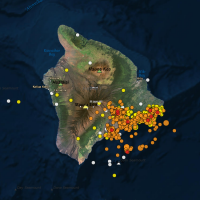
Please Define Normal
We are now more than two months into this new eruption from Kilauea. Two months ago the fissures opened in the Leilani Estates subdivision and homes began to burn.
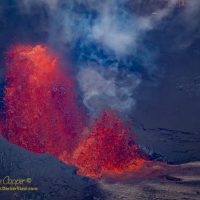
For those of us outside the eruption zone things are not quite as immediate. We read the daily news, peruse images of helicopter overflights each morning, and wonder when it will be over.
The multiple county civil defense status reports and various emergency alerts that pop up on our phones each day provide current information… A bit of the Mamalahoa Highway has collapsed in Volcano Village with a one lane restriction, the road to Kalapana has re-opened, there is no tsunami threat from that last 5.4 magnitude earthquake.

For the most part these events pass unnoticed by much of the island. The volcano area gets shaken up pretty well, but these fifth magnitude quakes are often not felt very far beyond that.
On the summit of Mauna Kea these daily quakes often do disturb the telescopes at night, bumping the tracking and ruining exposures, but otherwise too weak to cause any damage to the facilities.
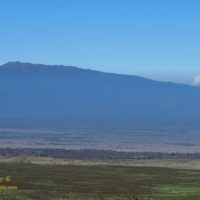
When the vog is bad you not only see it, you smell the sulfur, it irritates eyes and nasal passages. Fire and brimstone reaches out to touch us all.
While the vog makes for spectacular sunsets, the vog can also be thick enough to curtail outside activity. A day like today, with brisk trade-winds to clear it away, is a welcome relief.

I have not attempted to go to photograph the lava river, despite a very strong desire to do so. The county and state have repeatedly talked about opening a lava viewing area. while there is a great deal of pressure from the community, so far nothing has materialized.
We are so ready for this eruption to be over.
Given the collapse of the summit caldera and the enormous volume of lava emitted so far, it may be possible that when this is over there will be no further eruption for a while. It may take a while for the volcano to recharge, perhaps a year or two. Will we return to the pattern of intermittent eruptions that was seen through much of the 20th century?
Emergency Alert Fatigue
The last month has been a bit… exciting… here on the island. With lava flows and explosive eruptions spawned by our neighborhood volcano.

The result? Over the last month we have been bombarded by far too many messages on eruption conditions, vog conditions, earthquakes, and non-tsunami alerts. It is wearing a little thin. And frankly I am ignoring much of it, when I probably should not.
Emergency fatigue has set in.



